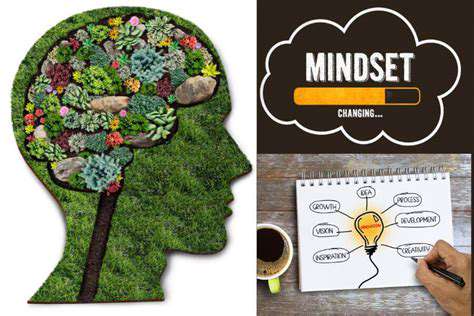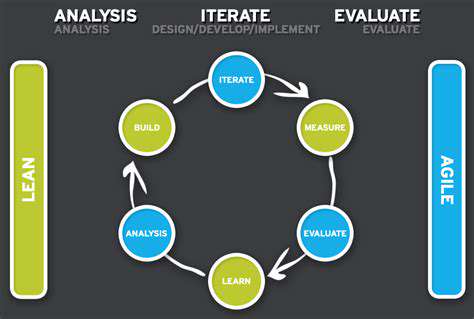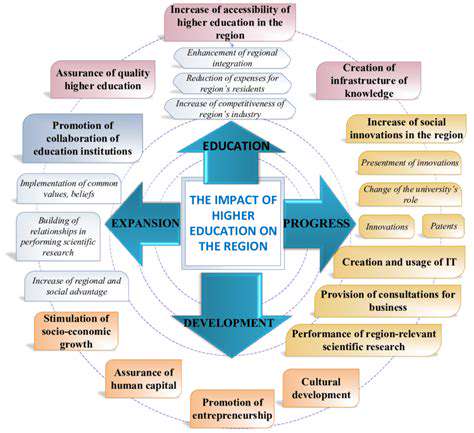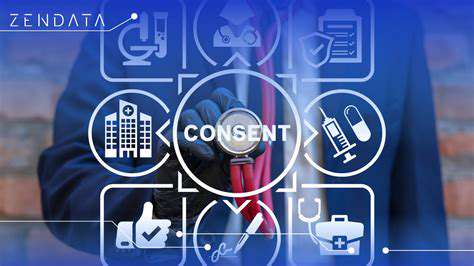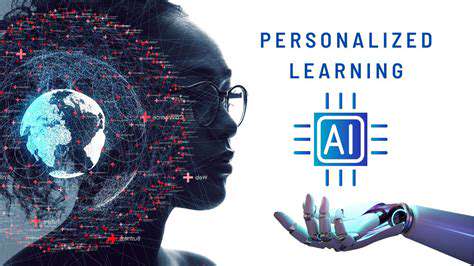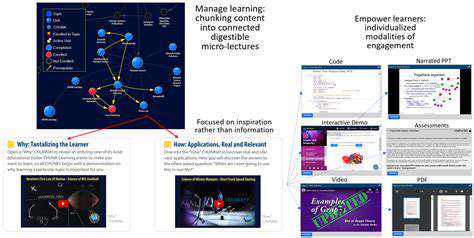Gamification vs Game Based Learning: Understanding the Nuances
Choosing the Right Approach
Defining Gamification
Gamification is the strategic application of game design elements, such as points, badges, leaderboards, and challenges, to non-game contexts. It aims to enhance engagement and motivation in tasks that might otherwise be perceived as mundane or tedious. This approach leverages the intrinsic motivation and enjoyment associated with games to improve performance and user experience in various areas, from training and education to customer service and marketing. It's important to remember that gamification isn't about creating a full-fledged game, but rather about incorporating game mechanics into existing systems.
Think of gamification as seasoning. It's not the dish itself, but a way to make an existing dish more appealing and engaging. It can be used to boost user interaction with anything from software applications to online courses. The goal is to make tasks more fun and rewarding, ultimately improving user experience and driving desired outcomes.
Understanding Game-Based Learning
Game-based learning, on the other hand, is a more comprehensive approach. It involves developing or utilizing existing games to teach or reinforce specific concepts. This method immerses learners in a simulated environment where they actively participate in activities related to the subject matter. Game-based learning often focuses on problem-solving, critical thinking, and collaborative learning, making it a powerful tool for skill development and knowledge retention.
Instead of simply adding game elements to an existing activity, game-based learning utilizes the entire structure of a game to deliver educational content. This can involve creating entirely new games or adapting existing ones to address specific learning objectives. The key difference lies in the integrated nature of the learning experience; it's not just about fun, but about learning through the game itself.
Key Differences in Approach
A crucial distinction lies in the core purpose of each approach. Gamification aims to increase engagement and motivation within an existing system, while game-based learning aims to use the structure of a game to deliver educational content. Gamification is often used to improve existing processes, while game-based learning focuses on using the game itself as the learning tool. This difference in intent affects the design and implementation of each method.
Consider the example of a company training program. Gamification might involve awarding points for completing modules or tasks, creating leaderboards to spur competition, and introducing badges for recognizing achievements. Game-based learning, however, would involve creating a game scenario where employees need to solve problems and make decisions related to the training material, using the game mechanics to drive the learning process.
Choosing the Right Method
The best approach, gamification or game-based learning, depends heavily on the specific goals and context. For tasks requiring a quick boost in engagement or motivation, gamification might be the more efficient choice. If the aim is to impart knowledge or skills within a structured, immersive environment, game-based learning may be more suitable. Careful consideration of the learning objectives, target audience, and available resources is essential for determining the optimal method for achieving desired outcomes.
Often, a combination of both approaches can be most effective. For instance, a game-based learning module could incorporate gamification elements to enhance user engagement and motivation throughout the process. Ultimately, the decision is about aligning the chosen method with the specific needs and goals of the learning or engagement experience.
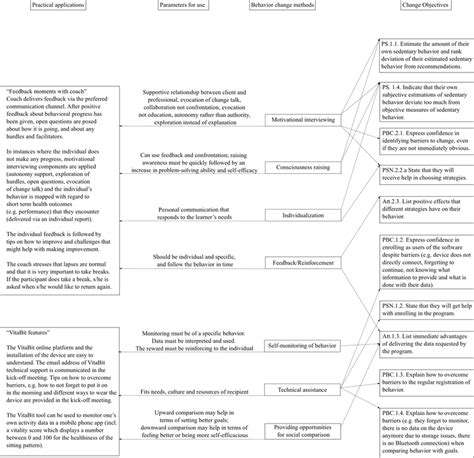
Read more about Gamification vs Game Based Learning: Understanding the Nuances
Hot Recommendations
- The Gamified Parent Teacher Conference: Engaging Stakeholders
- Gamification in Education: Making Learning Irresistibly Fun
- The Future of School Libraries: AI for Personalized Recommendations
- EdTech and the Future of Creative Industries
- Empowering Student Choice: The Core of Personalized Learning
- Building Community in a Hybrid Learning Setting
- VR for Special Education: Tailored Immersive Experiences
- Measuring the True Value of EdTech: Beyond Adoption Rates
- Addressing Digital Divide in AI Educational Access
- Preparing the Workforce for AI Integration in Their Careers
